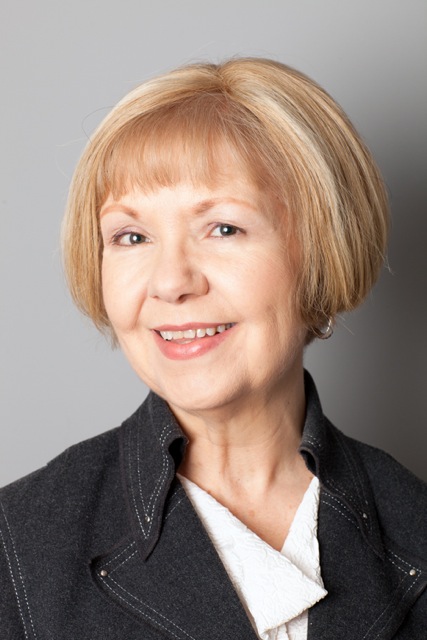- Home
- About Us
- The Team / Contact Us
- Books and Resources
- Privacy Policy
- Nonprofit Employer of Choice Award

 What do you do when people don’t even understand your cause, let alone your groundbreaking approaches to treatment and research? If you’re CAMH (Centre for Addiction and Mental Health), you launch a campaign that traces the impact of mental illness on the lives of everyone in our society. Oh, and you highlight your impact on the cause, too – all with the brevity demanded by social media as well as the flexibility to work in mainstream media.
What do you do when people don’t even understand your cause, let alone your groundbreaking approaches to treatment and research? If you’re CAMH (Centre for Addiction and Mental Health), you launch a campaign that traces the impact of mental illness on the lives of everyone in our society. Oh, and you highlight your impact on the cause, too – all with the brevity demanded by social media as well as the flexibility to work in mainstream media.
Pay pollsters – or listen to fundraisers
Though the campaign focused on awareness rather than asking, fundraisers provided essential input for campaign planning.
“Fundraisers have a stronger understanding of how organization is seen by public,” Darrell Gregersen, CEO of CAMH Foundation, told attendees at Fundraising Day (AFP Greater Toronto Area). “You must use that. You have to start where people are, and you're the ones who know where people are in their view of your organization or cause.”
The campaign is a classic study in how to deliver a cause message. “Which do you think is most effective?” Darrell asked her listeners. “Would you focus on the positive message of the contribution that people with mental health challenges can make to society if they are understood and helped, or on the negative impact of mental illnesses, or would you establish the problem clearly, then present the solutions?”
A room full of fundraisers naturally chose the third option, but James Sauter, client service VP of creative agency DentsuBos Inc., said that’s not as clear to most people. “Many campaigns focus on the negative,” he commented, “but we have quantitative research showing that negative messaging doesn’t sell.”
Campaign for awareness, not money
Together, DentsuBos and CAMH crafted a campaign that showed the ripple effect of mental illness as well as potential outcomes with and without treatment. From the beginning, the campaign was designed for social media. CAMH now has two years of metrics that track the growth in overall awareness of, familiarity with and impression of their organization.
But it’s not a fundraising campaign (Darrell describes it as “creating” the platform from which to raise funds rather than “serving as” that platform.) CAMH is now working on harnessing the momentum generated towards a new direction for fundraising.
“What comes next will be big,” she promises. “That communications campaign was about what happens as a result – and like all campaigns, the effects go on much longer than the campaign itself.”
Lessons for charities large and small
Your organization may not have the resources and reach of CAMH. But like CAMH, you may be wondering whether your likely supporters truly understand your cause. Darrell leaves you with these tips: